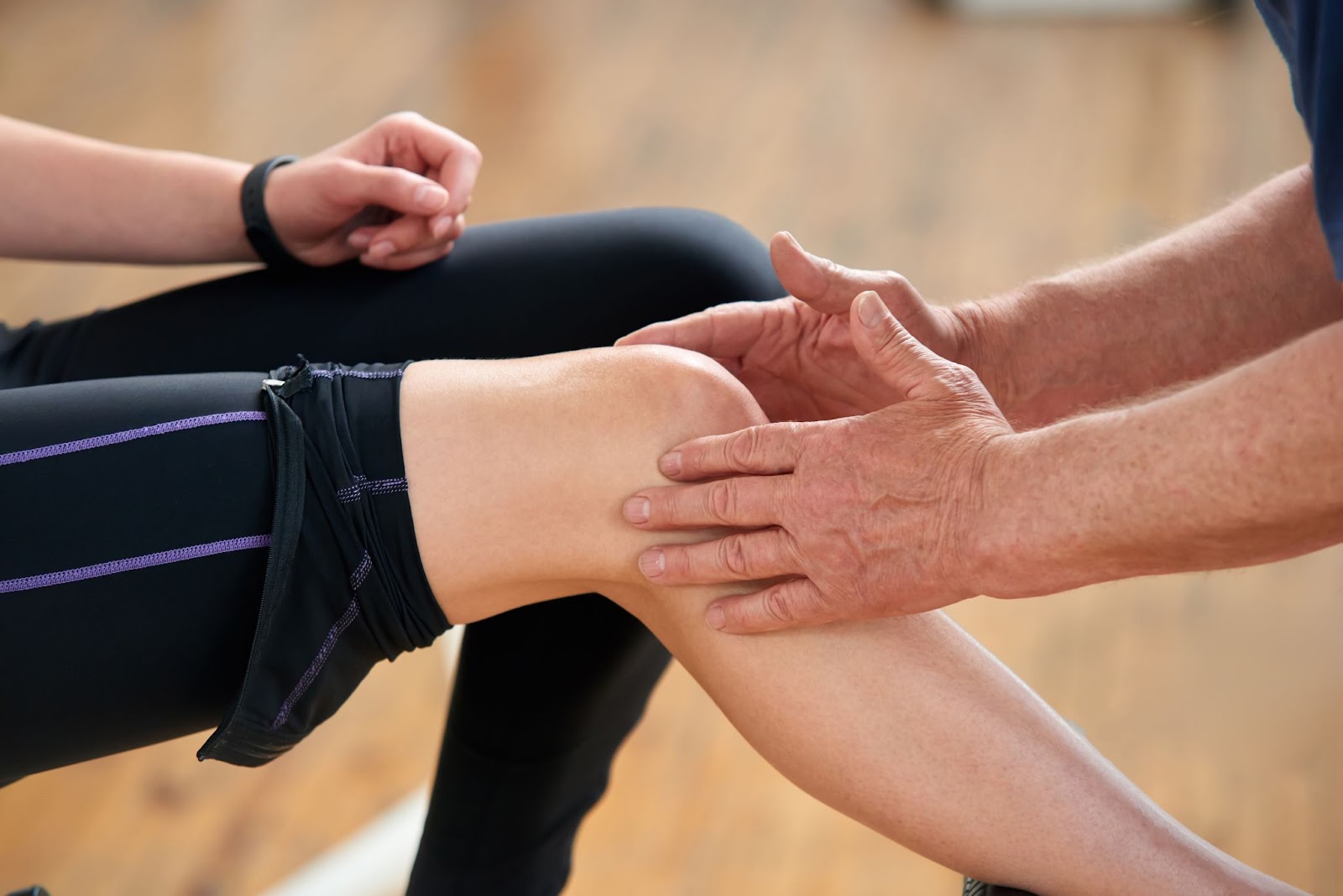‘No Pain, No Gain’. It’s a long-held saying amongst weight lifters, fitness fanatics, and angry high school gym coaches the world over. And it’s easy to see why, because there is definitely a nugget of truth in there. No matter what form of fitness training you’re into, the fact is that our bodies only grow, change, and develop when put under stress. If you’re casually swishing back and forth on the elliptical for an hour and a half without breaking a sweat, you may as well be on the couch. If you’re lifting weights and can hit the 50-rep mark, you’re doing about as much work as you would reaching for the relish on the top shelf of your fridge. If you’re falling asleep in the middle of your yoga class, you may as well be doing the real thing curled up on your bed.
No, the real growth comes from when we push ourselves. You want to be right around that point where discomfort starts to set in, at that moment when you kinda want to give up, accomplishing something that you know you’ll be proud of. And of course, you definitely want to feel it in the morning.
But there is a limit. Push yourself too far, and you could be looking at some pretty scary injuries that could have you sitting on the sidelines for the long term. But how do you know when you’ve crossed the line from post-workout ouchies, to doing something you’re not going to recover from? Well that’s what we’re here for, fit friend! Because we’re here to set the record straight, of how to tell the difference between muscle soreness and real injury.
What Is Muscle Soreness, Exactly?
First, let’s do a deep dive into the mechanism of muscle soreness. You may have heard of DOMS, or delayed onset muscle soreness. The most common cause of sore muscles, DOMS occurs when you’ve damaged the muscle fibers in a part of your body. The harder you work out, the more damage you do. But not to worry, this is a very necessary part of the muscle-building process, because our bodies have this beautiful ability to rebuild those muscle fibers better and stronger than before. In other words, getting those gains!

The Feeling of Muscle Soreness vs. Injury
Let’s start with the feeling we experience in each of these circumstances. When our muscles are a bit achy, you will experience a slight burning sensation, or a tightness in your muscles. This will typically occur in an entire muscle group rather than a single muscle. When you’re actually injured, the feeling will be more akin to sharp, deep, even stabbing pains. Injuries will also take place in a more confined place, like a specific muscle or tendon. If this is an accurate description of your experience, it might be time to see a doctor and get yourself checked out.

Look for Swelling
Another common occurrence with a muscle injury occurs when you see some swelling around the effective area. If you notice part of your body looking a little enlarged or engorged, that could also be a sign that you’ve done some damage. You’ll want to give it a few days and see what happens, but it’s definitely a sign that you need to go easy on the exercising until you’re sure.
Give it Time
The next step in assessing whether you have perfectly normal, middle-of-the-road type soreness is timing. For most people, 24–48 hours is usually the magic number for when muscle soreness tends to arise, and this tightness typically lasts up to three days. If you’re experiencing pain immediately during or after a workout, or if that pain is not going away in that timeframe, you might want to start looking into some treatment.

Types of Muscle Injuries
Let’s take a look now at some of the most common muscle injuries to watch out for. The four most common muscle injuries you may experience are:
- Muscle Strains: These are what is commonly known as a pulled muscle. Strains occur when you overuse, overstretch, or perform an exercise improperly. They occur most frequently in the hamstring, neck, shoulder, or lower back. A muscle strain isn’t the end of the world, and may result in soreness, weakness, spasms, or swelling for a few weeks. You can treat these with ice, stretching, and over-the-counter anti-inflammatories.
- Muscle Tears: Muscle strains involve microscopic damage to your muscle fibers, whereas an actual tear is a much larger injury occurring in the muscle’s blood vessels. It takes a pretty good exertion to actually tear your muscle, but it does happen. These also occur mostly in the lower back, neck, shoulders, and hammies, and are accompanied by a sudden feeling of severe pain. If you think this is what you’re feeling, talk to your doctor or a physical therapist ASAP.
- Rhabdomyolysis: Rhabdo is a pretty serious condition that usually stems from a vast overworking of a muscle group, but can also occur from a variety of other causes. Rhabdomyolysis is defined by the death of the muscle fibers themselves, with their contents getting released into the bloodstream. This puts a lot of strain on the kidneys, as they have to filter out all of these muscle byproducts. Dark urine is a definite symptom of rhabdo.
- Muscle Contusions: A contusion is also referred to as a muscle bruise, and occurs when a blunt object strikes and crushes the muscle tissue, without breaking the skin. You won’t normally find this injury while working out, but still it’s important to know about. Contusions usually heal by themselves with ice, rest, and a lot of time, and don’t require medical attention for the most part.
Well we hope you found our guide helpful, the next time you’re feeling the sore-muscle blues. At Studio SWEAT onDemand, we’re on a mission to help everyone get the workout of a lifetime, safely. Which is why we offer a huge library of virtual strength training workouts, as well as HIIT, TRX, Yoga, Cycling, Pilates, and oh so many more. We even offer a 7-Day Free Trial so you can experience everything we’re about with no commitment whatsoever. Sign up today, and let’s get those gains, without those pains!









Comments - 0